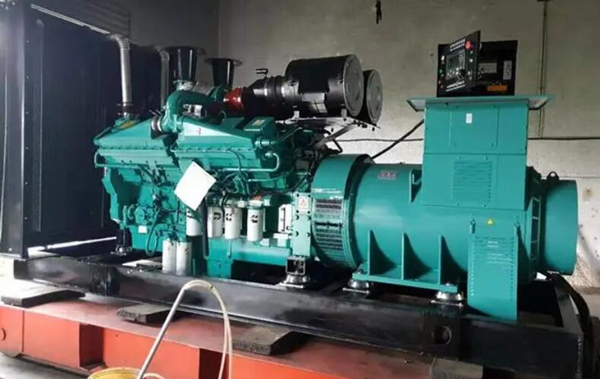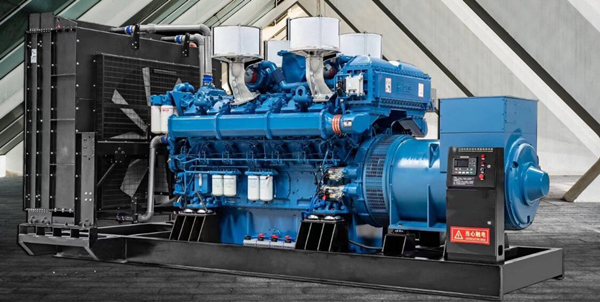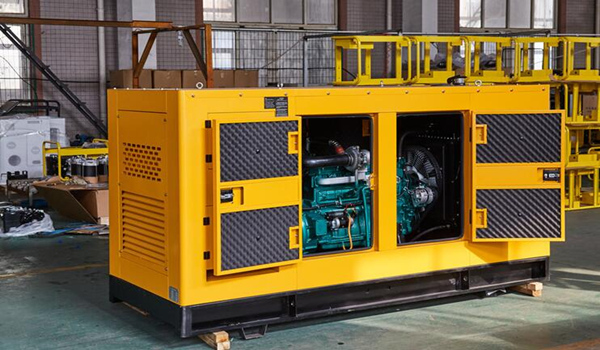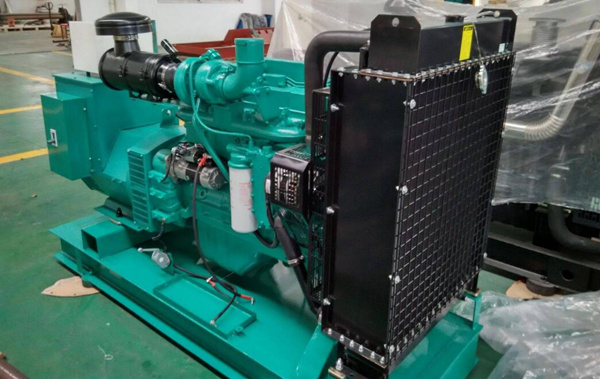Writer:SHILIDER Pubdate: 2023-04-28 11:04:31Update: 2023-04-28 11:04:31

SHILIDER Shilider Technical Engineer
Many of our customers rely on SHILIDER to provide them with accurate and informative answers to their electrical, engine and generator related questions.
This results in many questions being asked on a daily basis, some of which are common and which we answer regularly.
In order to better inform our customers and website visitors of some of the common topics and questions they encounter, SHILIDER has decided to list some of the frequently asked questions here for your convenience.
If you have any other questions, please contact us and we will do our best to answer them.

The main difference between kW (kilowatt) and kVA (kilovolt-amperes) is the power factor.
kW is the unit of active power and kVA is the unit of apparent power (or active power plus reactive power).
Therefore, unless the power factor is defined and known, it is an approximate value (usually 0.8) and the kVA value will always be higher than the kW value.
To extend this further, the kW rating is essentially the power output that the generator can deliver based on the horsepower of the engine.
kW is calculated by multiplying the engine's horsepower rating by 0.746.
For example, if you have a 500 hp diesel engine, it is rated at 373. kilovolt-amperes (kVa) is the end capacity of the generator.
Generator sets are usually shown in two ratings. To determine the kW and kVa ratio, use the following formula.
0.8(pf) x 625(kVa) = 500 kW

Power factor (pf) is usually defined as the ratio between kilowatts (kW) and kilovolt-amperes (kVa) extracted from the electrical load, as discussed in more detail in the question above.
It is determined by the load to which the generator is connected, and the pf on the generator nameplate relates kVa to the kW rating (see the equation above).
Generators with a higher power factor transmit energy more efficiently to the connected load, while generators with a lower power factor are less efficient and lead to higher electricity costs, the standard power factor for three-phase generators is 0.8.

Standby generators are most commonly used in emergency situations, for example during power outages. It is ideally suited to applications with other reliable continuous power sources (e.g. utility power). It is recommended for use only during power outages and for regular testing and maintenance.
Mains rated can be defined as having "unlimited run time" or essentially a diesel generator that will be used as a primary source of power and not just as a standby or backup source.
Mains rated generators can supply power without grid power, which is often the case in industrial applications such as mining or oil and gas operations located in remote areas without access to the grid.
Continuous power is similar to mains power, but with a basic load rating. It can supply continuous power for a constant load but does not have the ability to handle overload conditions or operate under variable loads.
The main difference between main and continuous ratings is that main generator sets are set to deliver maximum power for an unlimited number of hours at variable loads and they usually include a short-term overload capability of around 10%.

The generator end is designed to be reconnectable or non-reconnectable.
If the generator is listed as reconnectable, the voltage can be changed, therefore if it is not reconnectable, the voltage cannot be changed.
The 12-wire reconnectable generator side can switch between three-phase and single-phase voltages.
However, remember that changing the voltage from 3-phase to single-phase will reduce the power output of the machine.
The 10-wire reconnectable can be switched to three-phase voltage, but not to single-phase voltage.

An Automatic Transfer Switch (ATS) transfers power from grid power to an emergency power source (e.g. generator) in the event of a failure of the standard power supply.
The ATS senses an interruption of power on the line and then sends a start signal to the engine panel.
When the standard power supply returns to normal power, the ATS transfers power back to the standard supply and shuts down the generator.
Automatic Transfer Switches are typically used in high availability environments such as data centres, manufacturing programmes, telecoms networks etc.
Can the generator I am looking for be connected in parallel with a generator I already own?
Diesel generating sets can be paralleled to meet redundancy or capacity requirements.
Paralleling generators allows you to electrically connect them to combine their power outputs.
Paralleling identical generators will not be a problem, but some extensive thought should be given to the overall design of the system based on its primary purpose.
If you try to connect different generators in parallel, the design and installation may be more complex and it is important to bear in mind the impact of engine configuration, generator design and regulator design.

Generally speaking, most commercial generators can be converted from 60Hz to 50Hz. the general rule of thumb is that 60Hz machines run at 1800Rpm and 50Hz generators run at 1500Rpm.
Most generators change frequency by simply turning down the engine speed.
In some cases it may be necessary to replace parts or make further modifications. Larger machines or machines already set to a lower speed are different and should always be assessed on a case-by-case basis.

Getting a generator that can meet all your power generation needs is one of the most critical aspects of the purchase decision.
Whether you need a regular diesel generator or a standby diesel generator, or if your existing generator does not meet your specific requirements.
Then get in touch with SHILIDER, who can provide you with a wide range of diesel generators of all types, at all power levels and for all purposes, to meet your specific electricity needs.
If you need to know about the discounted quotes, selection, configuration plans, and other related information of the equipment, you can leave your requirements.
Quality After Sales Bespoke
![]()
Experience in the production of generators, a wealth of practical experience accumulated worldwide, mature processes and technology.
WhatsApp: +86 13336418709